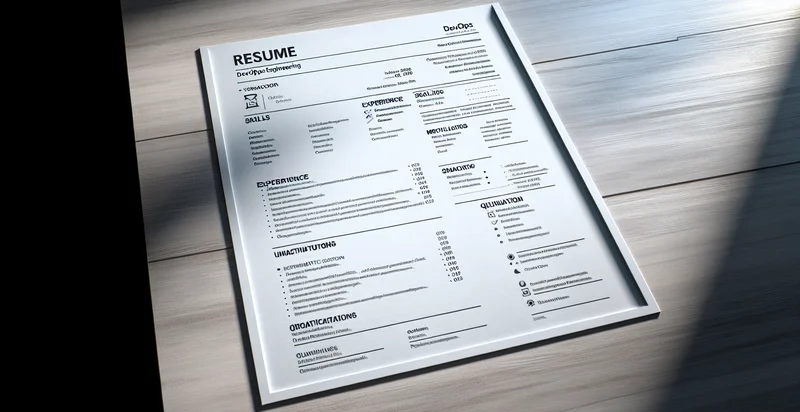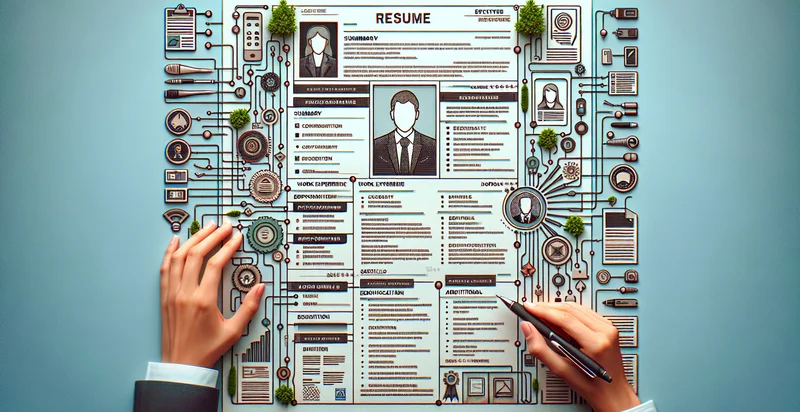Identify a resume's years of experience
using AI
Below is a free classifier to identify a resume's years of experience. Just input your text, and our AI will predict how many years of experience a candidate has - in just seconds.

Contact us for API access
Or, use Nyckel to build highly-accurate custom classifiers in just minutes. No PhD required.
Get started
import nyckel
credentials = nyckel.Credentials("YOUR_CLIENT_ID", "YOUR_CLIENT_SECRET")
nyckel.invoke("a-resumes-years-of-experience", "your_text_here", credentials)
fetch('https://www.nyckel.com/v1/functions/a-resumes-years-of-experience/invoke', {
method: 'POST',
headers: {
'Authorization': 'Bearer ' + 'YOUR_BEARER_TOKEN',
'Content-Type': 'application/json',
},
body: JSON.stringify(
{"data": "your_text_here"}
)
})
.then(response => response.json())
.then(data => console.log(data));
curl -X POST \
-H "Content-Type: application/json" \
-H "Authorization: Bearer YOUR_BEARER_TOKEN" \
-d '{"data": "your_text_here"}' \
https://www.nyckel.com/v1/functions/a-resumes-years-of-experience/invoke
How this classifier works
To start, input the text that you'd like analyzed. Our AI tool will then predict how many years of experience a candidate has.
This pretrained text model uses a Nyckel-created dataset and has 10 labels, including 1-2, 10-15, 15-20, 2-4, 20-25, 25+, 4-6, 6-8, 8-10 and < 1.
We'll also show a confidence score (the higher the number, the more confident the AI model is around how many years of experience a candidate has).
Whether you're just curious or building a resume's years of experience detection into your application, we hope our classifier proves helpful.
Related Classifiers
Need to identify a resume's years of experience at scale?
Get API or Zapier access to this classifier for free. It's perfect for:
- Resume Screening Automation: Organizations can utilize the years of experience identifier to streamline their resume screening process. By automatically categorizing candidates based on their experience, hiring managers can quickly target the most qualified applicants and reduce the time spent on initial screenings.
- Skill Gap Analysis: Businesses can leverage the years of experience data to identify skill gaps within teams. By analyzing the collective years of experience, HR can devise targeted training programs or recruitment strategies to address specific deficiencies and enhance overall team competency.
- Experience-Based Salary Benchmarking: HR departments can use the years of experience identifier to establish fair salary benchmarks. By aligning an employee's compensation with their experience level, organizations can ensure competitive pay structures while reducing the risk of internal wage disparities.
- Diversity Recruitment Initiatives: The years of experience function can help companies assess the diversity of their candidate pools by categorizing applicants based on experience. This can provide insights into the mix of junior, mid-level, and senior candidates, allowing for balanced hiring practices and a diverse workforce.
- Talent Development Planning: Organizations can utilize this identifier to track employee progression over time. By regularly analyzing years of experience, companies can tailor professional development paths and career advancement opportunities that align with employees’ skills and ambitions.
- Performance Management: The years of experience data can be incorporated into performance evaluations, helping managers understand and contextualize an employee's performance relative to their tenure. This approach enables more accurate assessments and personalized feedback based on experience levels.
- Industry Benchmarking Reports: Companies can aggregate data on years of experience across their workforce and compare it with industry standards. This information can inform strategic planning, helping businesses to adjust hiring practices based on industry trends, thereby improving their competitive positioning.


